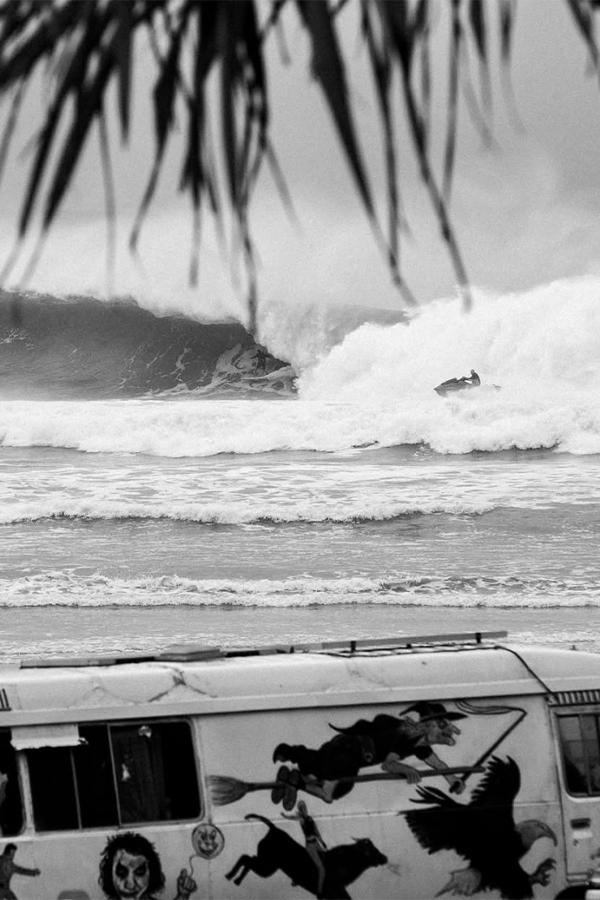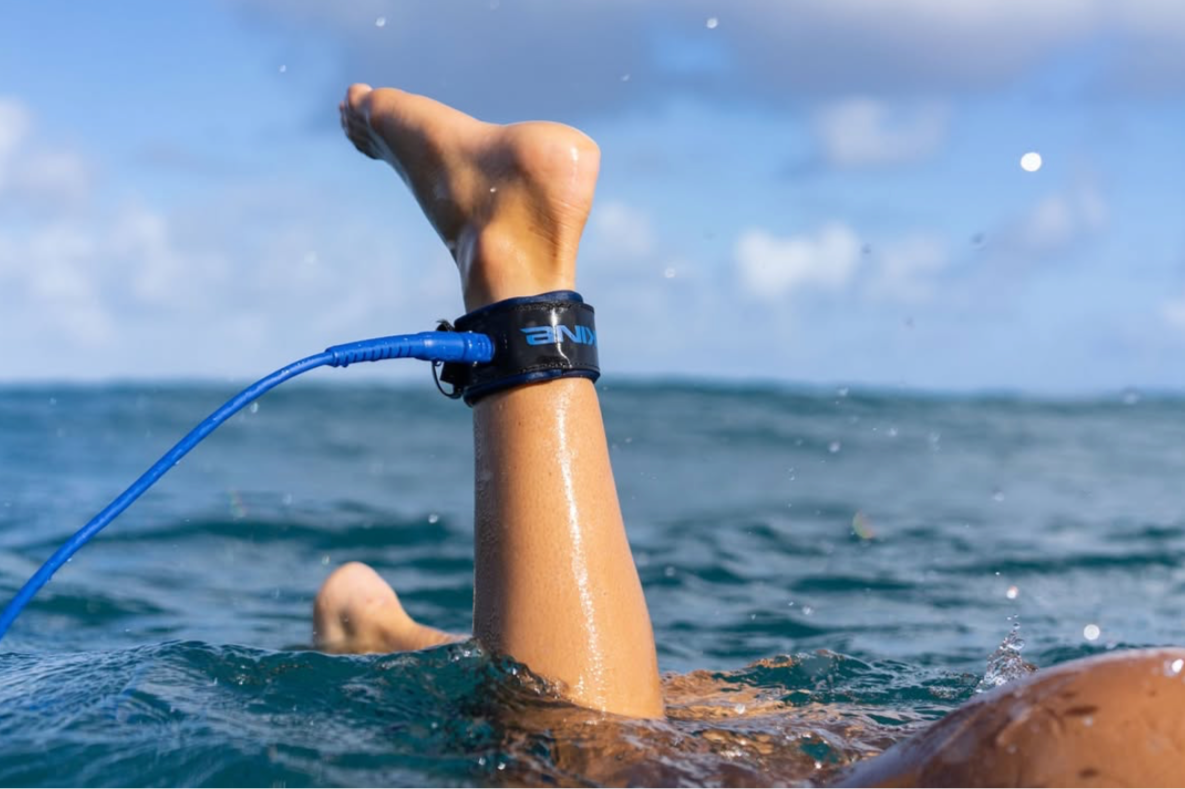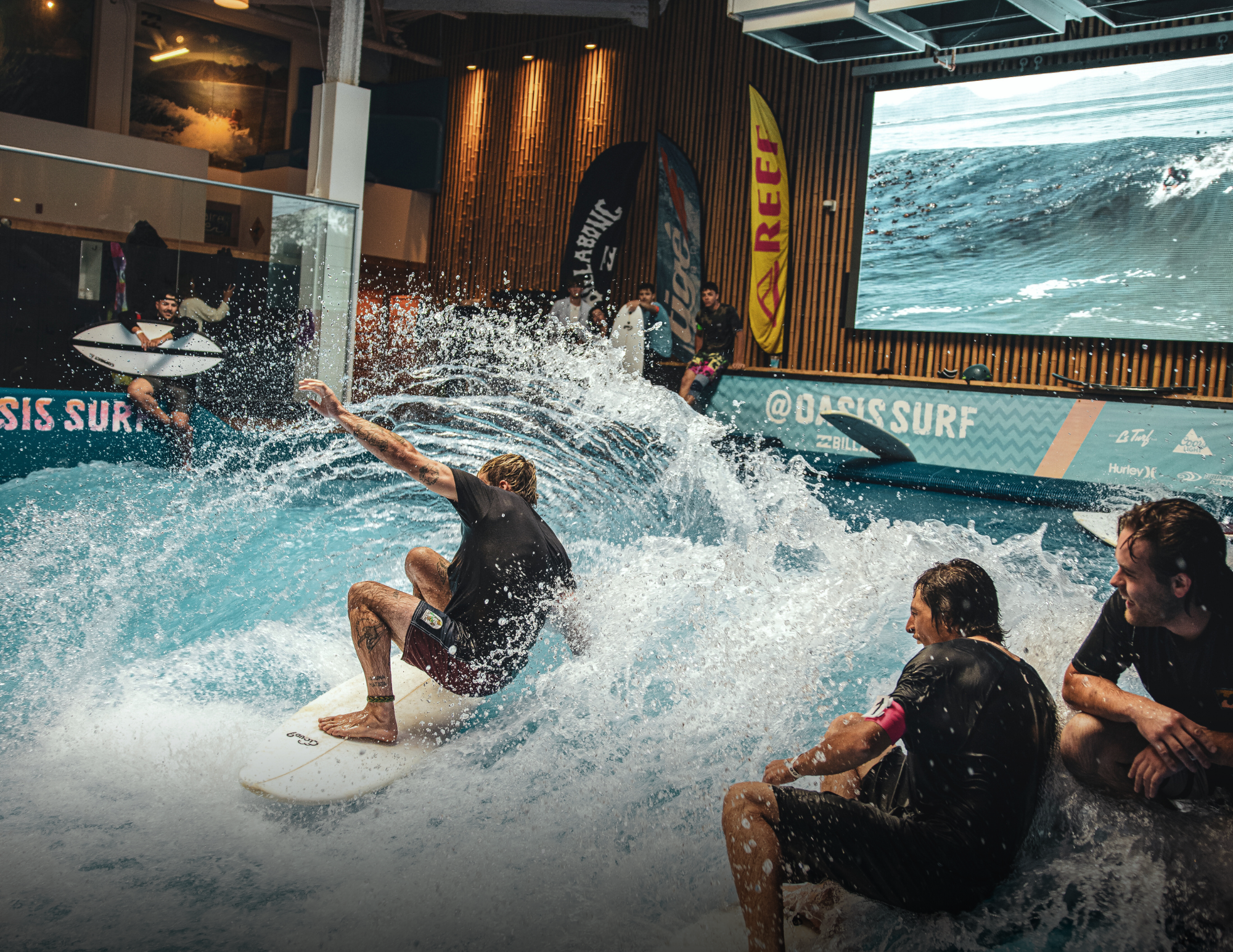Planning a surf trip can be exciting, but also a little stressful. Here's a quick guide to help you plan your trip with peace of mind.
1. Choose your destination
The choice of travel destination depends on several factors, such as budget, length of trip, season, type of wave sought as well as personal preferences.
When it comes to budget, you'll need to consider the cost of airfare, as well as the cost of living at your destination. The planned length of your trip will also influence your choice of destination. Central America and Europe have a number of easily accessible destinations for short trips (1-2 weeks). More distant destinations like Asia, South America, and parts of southern Africa require more time to reach, so it's best to stay at least 2-3 weeks, or even longer if possible.
As with any weather-dependent sport, there are better times than others to travel to certain locations. In many surf destinations close to the equator, there's a dry season and a wet season. While prices may be better during the wet season, the experience there obviously won't be the same. We love getting wet from the ocean during a good surf session, but being wet 24/7 off the water suddenly becomes less fun.
Another factor to consider is your surfing level, and therefore, the type of wave you're looking for. For a first trip, "beginner waves" are recommended. Not only will you have more fun and a better chance of success in the water, but there will also be a wider selection of surf schools, places to rent a board, and potentially more chances to meet other new surfers.
Finally, beyond surfing, traveling allows us to meet people, discover new cultures, experience new flavors, and step out of our comfort zone—hence the idea of choosing based on our personal preferences.
2. Surf camp vs. à la carte surf lessons
There are several surf travel options. One option is to go to a surf camp, where you're taken care of from A to Z. This can be a good option for a first trip, since there's practically nothing to decide, except perhaps whether you prefer to do yoga in the morning or in the evening, or drink a pineapple or watermelon smoothie. The other option would be to book everything separately. The advantage is saving money, but you have to take the time to organize everything, of course. Generally, in popular surf destinations, surf schools for lessons and equipment rental are plentiful, so there's no need to book in advance.
3. Traveling with a surfboard
Bringing your own surfboard from home on a trip can save money, but it doesn't come without risks or possible complications. As a general rule, for a trip of less than 2 weeks, it's better to rent one locally. For longer trips, it can be tempting to have your own equipment; you can surf as soon as you arrive, you don't have to depend on shop opening hours, and you have your own board on which you may already be used to surfing. On the other hand, airlines charge a lot of money to transport surfboards, and there's no guarantee that they'll arrive at your destination, nor in the same condition as when you left. Another advantage of renting is that you can try out different boards during the trip, depending on wave conditions and your progress.
4. Book your accommodation
There are several options for accommodation. For a solo trip, it can be cool to stay in a hostel , to meet other travelers and make friends easily. If you need more privacy and sleeping with strangers is not an option, you can then opt for a private room, or even an apartment depending on your budget and needs, but it may be more difficult to meet people. Access to a kitchen can also be advantageous and more economical, provided you are close to a market and a grocery store to stock up on food for cooking. In high season, it is better to book before arriving to avoid unpleasant surprises, the beach is really more beautiful and welcoming during the day than to spend your first night there while traveling.
5. I'm going on a surfing trip, in my suitcase I'm bringing...
Swimsuits, t-shirts that go in the water to protect yourself from the sun, but also surf wax (rashguard), sunscreen (it's better to bring your own since in some tourist destinations, sunscreen is sold at crazy prices), a wetsuit for less tropical destinations, a basic first aid kit, travel insurance that includes higher-risk activities like surfing, an international driving license (depending on the destination and the desire to drive there!), and all the other everyday essentials. Did you know that you can find all these products on our online surf shop ? Whether it's a swimsuit for men or women , surf wax or even sunscreen , you'll find everything you need!




